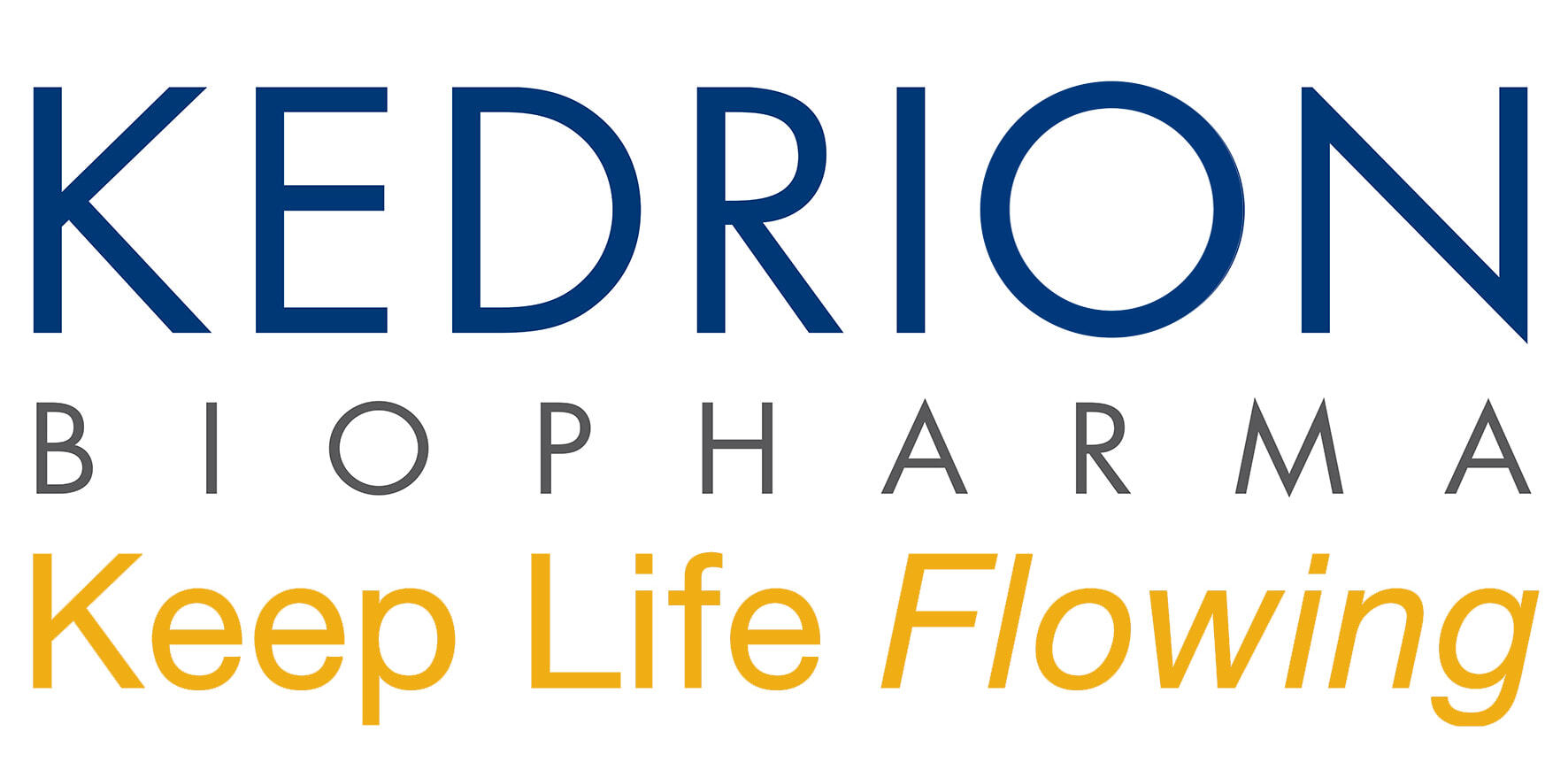Answers to the questions most frequently asked by patients about causes, symptoms and treatments. A personal card that we recommend you to carry with you at all times. A monthly diary with annual summary.
“Von Willebrand Disease – complex but not complicated (if you know about it)” is the title of the handbook which has been distributed to 50 affiliated centres of the Italian Haemophilia Association, 2,500 copies in all, since the beginning of April. The booklet was edited, with the support of Kedrion Biopharmaceutical, by Professors Augusto B. Federici and Pier Mannuccio Mannucci, with the help of Barbara Bianchi Bonomi and Calogero Ferrera, Dr. Francesca Gianniello and Dr. Simona M. Siboni of the Angelo Bianchi Bonomi Centre for Haemophilia and Thrombosis, the IRCCS Maggiore Policlinico Mangiagalli and Regina Elena Hospital and the University of Milan, international training centre for the World Federation for Haemophilia (WFH). Copies can also be obtained from Kedrion ([email protected]).
“This simple handbook,” Professor Augusto B. Federici explained, “presents an update on diagnostic laboratory tests and also on the drugs available for prevention and treatment of the haemorrhage episodes associated with this disease.” In Italy, incidence of Von Willebrand disease, which varies according to place, is about 1 in 5,000 inhabitants, while the most serious forms requiring specific treatment affect 50 people per million.
The handbook promotes “a correct, uniform approach” to the disease which is the commonest hereditary alteration in haemostasis and is caused by a quantitative and qualitative defect of a protein called the Von Willebrand factor after the Finnish haematologist who, in 1926, was the first to identify a group of patients who bled for longer than normal.
“The handbook, which is published this year to mark the 80th anniversary of the first description of the condition,” said Professor Federici, “is also intended as an informational support for people who may be carriers of the mildest form of the disease, the incidence of which is higher than hitherto supposed. The principal advice for such people is to undergo specialist diagnostic tests only where there have been repeated signs of haemorrhage at skin level (disproportionate bruising in relation to the injury), of the mucous membranes (bleeding from the nose or gums or heavy menstruation which is not due to gynaecological causes) or after dental extraction or surgical operations.”



